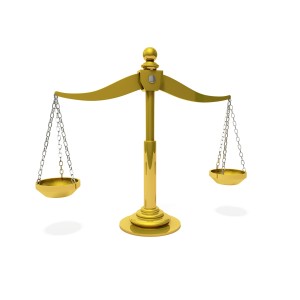Writing a good report is a skill and an art. It’s not just about the structure of the report but there are other things which you may not have been taught which you need to consider.
Think of the audience
If you are writing a report to doctors you need to understand which vocabulary will resonate with them. Your report’s aim is to communicate a message so it must be easy to understand. Hence think of your audience and how they will perceive your message. An economist requires certain vocabulary whilst a doctor also has specific words that will unlock their minds.
It would also be important to state who the report is intended for in the report to avoid confusion.
Structure for ease of reading
When you know what you want to write you need to think of the structure and how it should come out. The normal things to think of which are always noted in most teachings are
- Title
- Who compiled the report
- Table of Contents
- Executive Summary
- Introduction
- Report Contents
- Conclusion
Whatever structure you decide to use the above are the basics that can make up a report structure. A structure helps to guide the reader so that they can identify the salient points in the report
Define the Scope and Stick to it
Your report is important and can only make sense if it sticks to the objectives and the scope. Some reports tend to go on and on, without ever seeming to achieve what it is that they need to achieve. Before writing the actual report the scope must be defined so that one does not stray away from what needs to be achieved.
Use good grammar and spell check
There is nothing as irritating as a report which is full of spelling mistakes. Spelling mistakes can put off even the most interested reader and render the report useless. Use spell check as a must after every report that you write and make sure that you read whatever it is spell check is suggesting for contextual correctness.
Phrasing and words
I have already mentioned that one must think of the audience when writing a report, but one must not also complicate the report with jargon, and any other short names, abbreviations or words which may not make sense to most people. The phrasing and words must be simple enough for any person who is in same field as the intended audience to understand the report.
Content Organization
The way the report is organized in terms of content is also very important. Diagrams and tables are important but must also be used in the right context. Too much of a good thing can be annoying for anyone looking at the report. So keep your content as easy to read as possible with appropriate diagrams or tables.
Uniformity, Fonts, Headings and color
Do not over use color in the report; let your colors be limited to appropriate diagrams such as pie charts or any other graphs. A good looking professional report must be balanced enough to ensure that it is readable and not distracting to the readers. Uniformity covers the styling of the report throughout which requires attention to the following
- Uniform spacing of words
- Justification of paragraphs
- Uniform size of paragraph sentences
- Uniform size of fonts
- Uniform font types through out
- Heading style must be uniform and numbered
- Differentiation of sections in the report with clear numbering
- Page numbering























+ There are no comments
Add yours